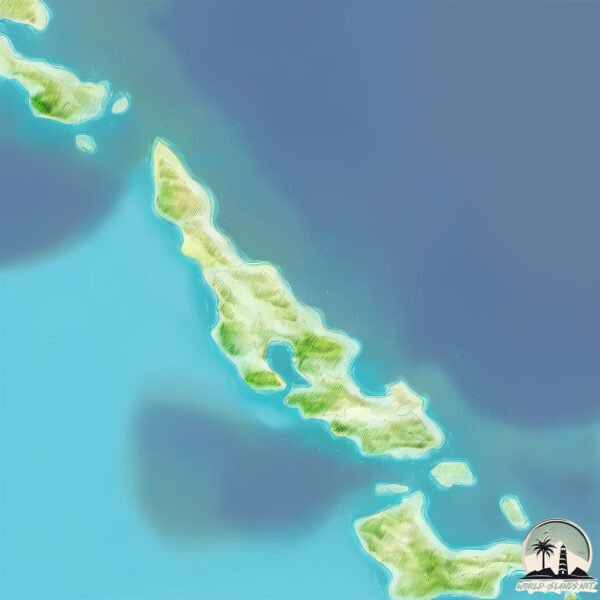Cave Cay

Welcome to Cave Cay, a Tropical island in the North Atlantic Ocean, part of the majestic Atlantic Ocean. This guide offers a comprehensive overview of what makes Cave Cay unique – from its geography and climate to its population, infrastructure, and beyond. Dive into the details:
- Geography and Size: Explore the island’s size and location.
- Climate and Weather: Weather patterns and temperature.
- Topography and Nature: Uncover the natural wonders of the island.
- Infrastructure and Travelling: Insights on reaching, staying, and making the most of your visit.
- News and Headlines: Latest News.
Geography and size of Cave Cay
Size: 1.096 km²
Coastline: 8.1 km
Ocean: Atlantic Ocean
Sea: North Atlantic Ocean
Continent: North America
Cave Cay is a Small Island spanning 1.1 km² with a coastline of 8.1 km.
Archipel: Bahama Islands – An archipelago in the Atlantic Ocean, known for their stunning beaches, coral reefs, and vibrant culture.
Tectonic Plate: North America – Covers North America and parts of the Atlantic and Arctic Oceans, characterized by diverse geological features and varying levels of seismic activity.
The geographic heart of the island is pinpointed at these coordinates:
Latitude: 23.9086527 / Longitude: -76.27106529
Climate and weather of Cave Cay
Climate Zone: Tropical
Climate Details: Tropical Savanna, Wet
Temperature: Hot
Climate Characteristics: Defined by distinct wet and dry seasons with high temperatures year-round. Pronounced rainfall occurs during the wet season, while the dry season is marked by drought.
Topography and nature of Cave Cay
Timezone: UTC-05:00
Timezone places: America/New_York
Max. Elevation: 5 m
Mean Elevation: 4 m
Vegetation: Shrubland
Tree Coverage: 1%
The mean elevation is 4 m. The highest elevation on the island reaches approximately 5 meters above sea level. The island is characterized by Plains: Flat, low-lying lands characterized by a maximum elevation of up to 200 meters. On islands, plains are typically coastal lowlands or central flat areas.
Dominating Vegetation: Shrubland
Dominated by shrubs and small bushes, these areas are typical in dry, rocky, or sandy environments, as well as in regions with poor soil fertility. Cave Cay has a tree cover of 1 %.
Vegetation: 3 vegetation zones – Moderately Diverse Island
These islands start to show a broader range of ecological niches. With three vegetation zones, they may offer a mix of ecosystems like coastal areas, inland woods, and perhaps a distinct wetland or dry area. This diversity supports a wider range of flora and fauna, making these islands more ecologically complex than those with minimal diversity.
Infrastructure and Travelling to Cave Cay
Does the island have a public airport? no.
There is no public and scheduled airport on Cave Cay. The nearest airport is Exuma International Airport, located 57 km away.
Does the island have a major port? no.
There are no major ports on Cave Cay. The closest major port is NASSAU, approximately 176 km away.
The mean population of Cave Cay is 35 per km². Cave Cay is Gently Populated. The island belongs to The Bahamas.
Continuing your journey, Great Exuma is the next notable island, situated merely km away.
The Bahamas is classified as Developing region: Regions characterized by lower income levels, with economies in the process of industrialization and modernization. The level of income is High income: nonOECD.
News – Latest Updates and Headlines from Cave Cay
Stay informed with the most recent news and important headlines from Cave Cay. Here’s a roundup of the latest developments.
Please note: The data used here has been primarily extracted from satellite readings. Deviations from exact values may occur, particularly regarding the height of elevations and population density. Land area and coastline measurements refer to average values at mean high tide.
